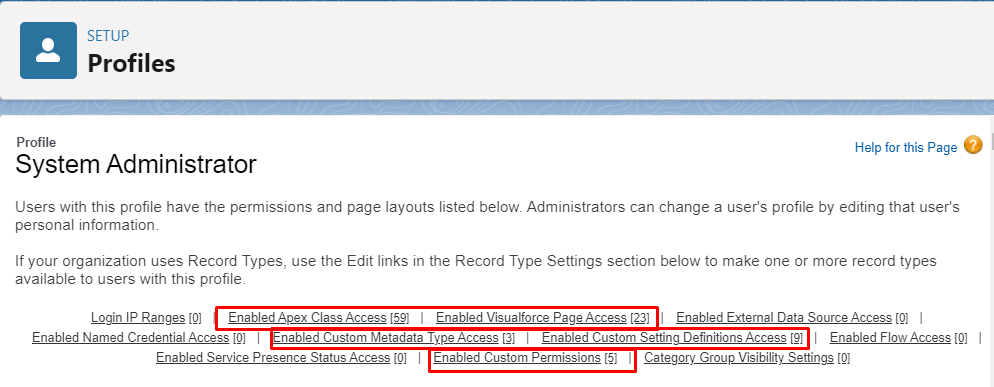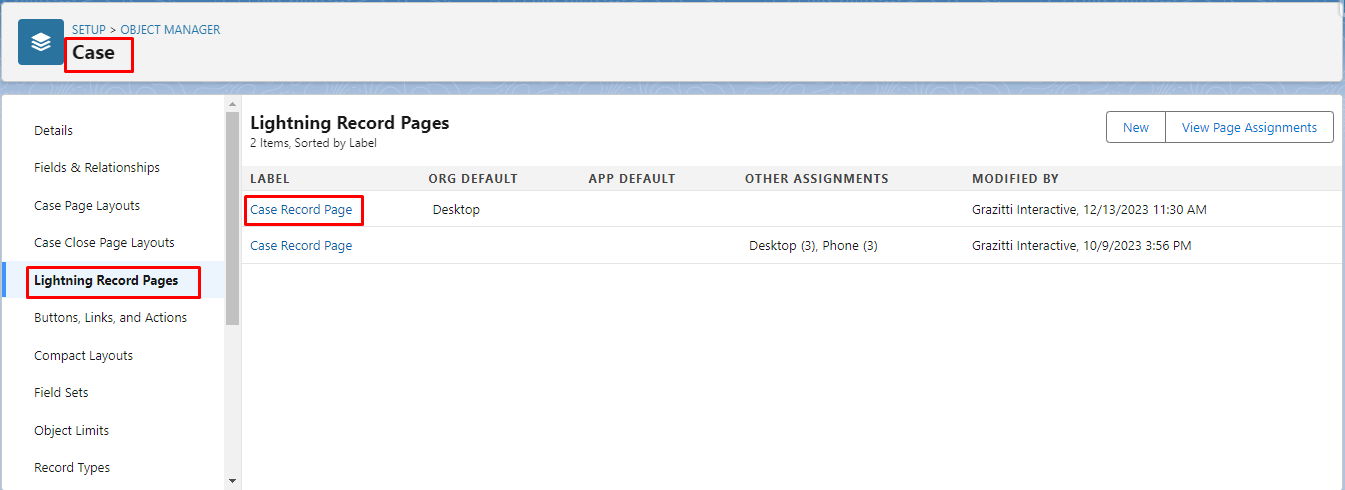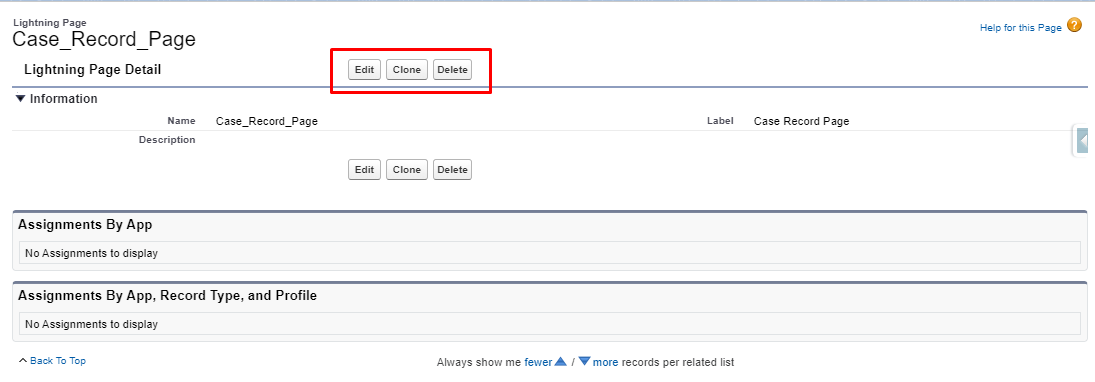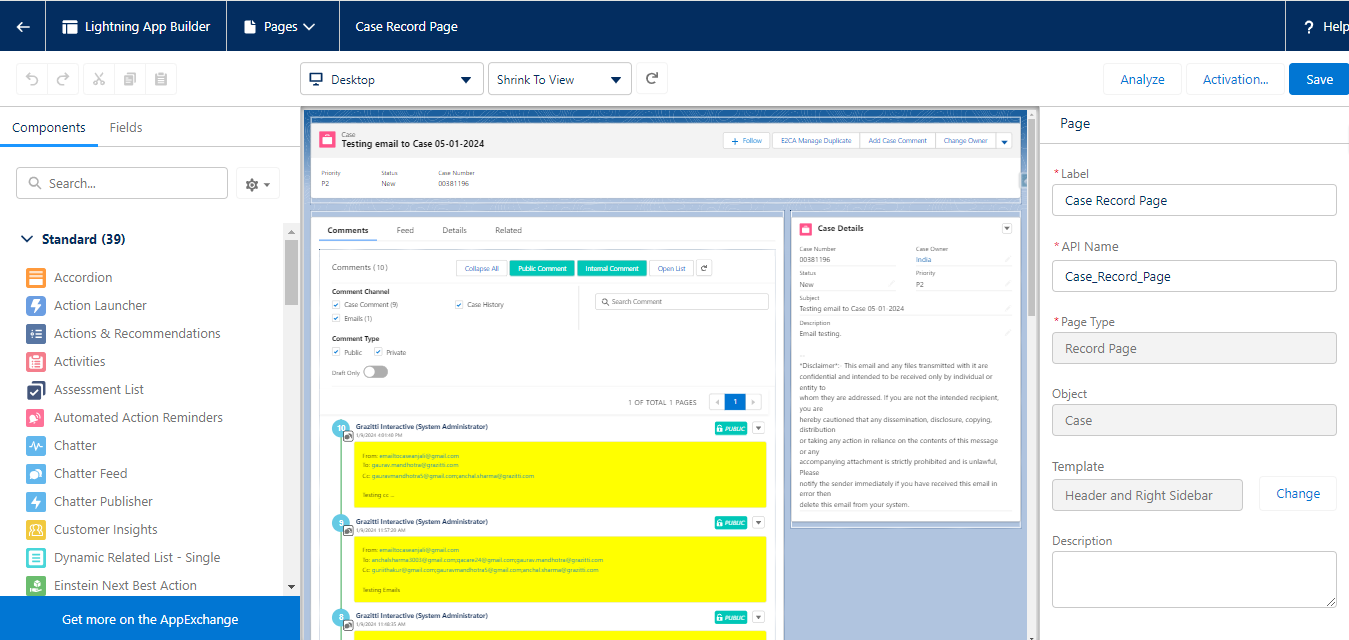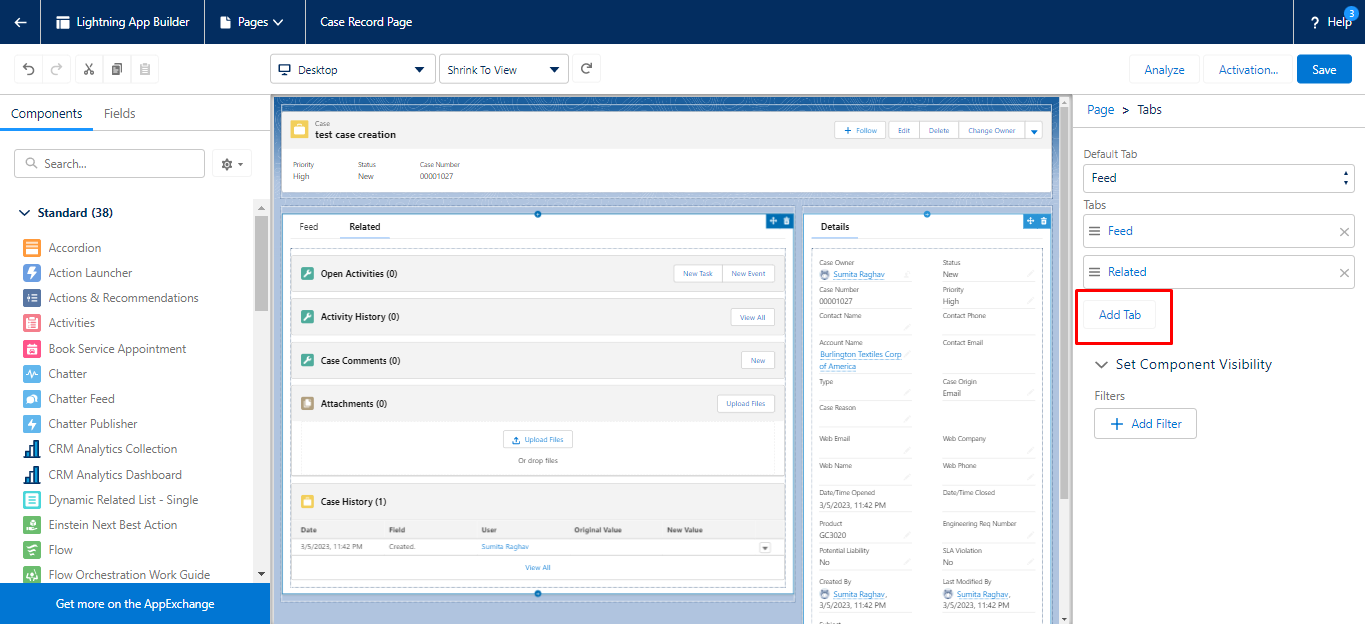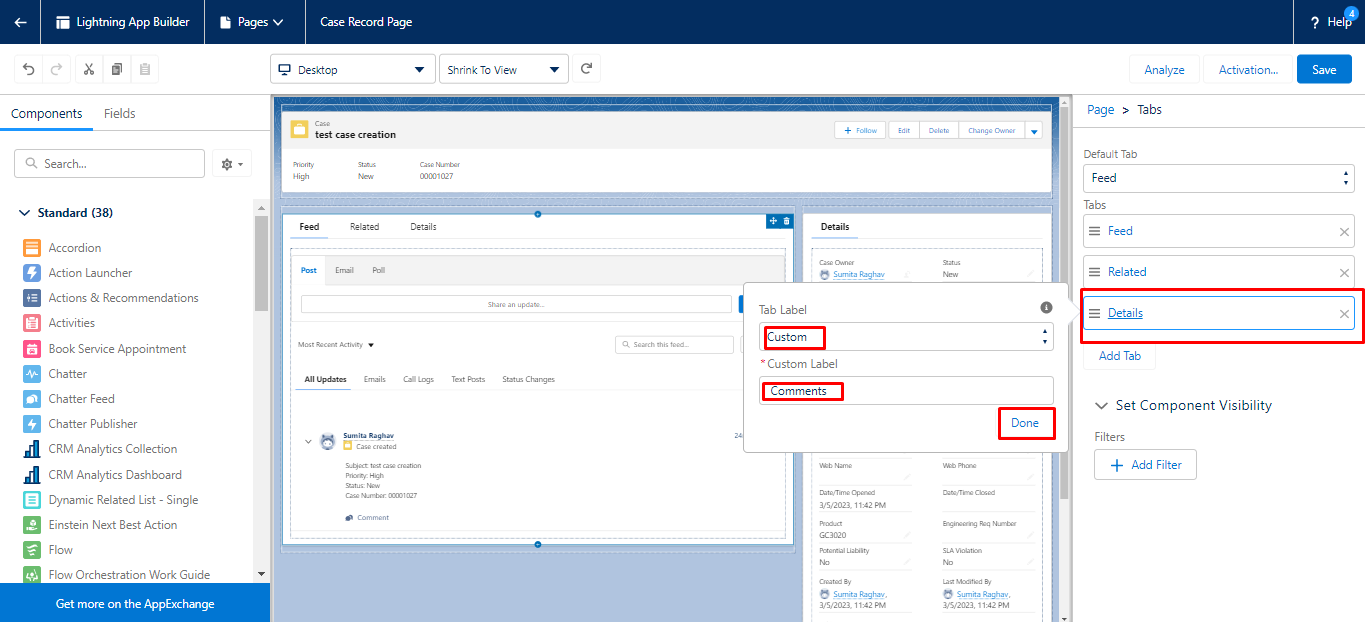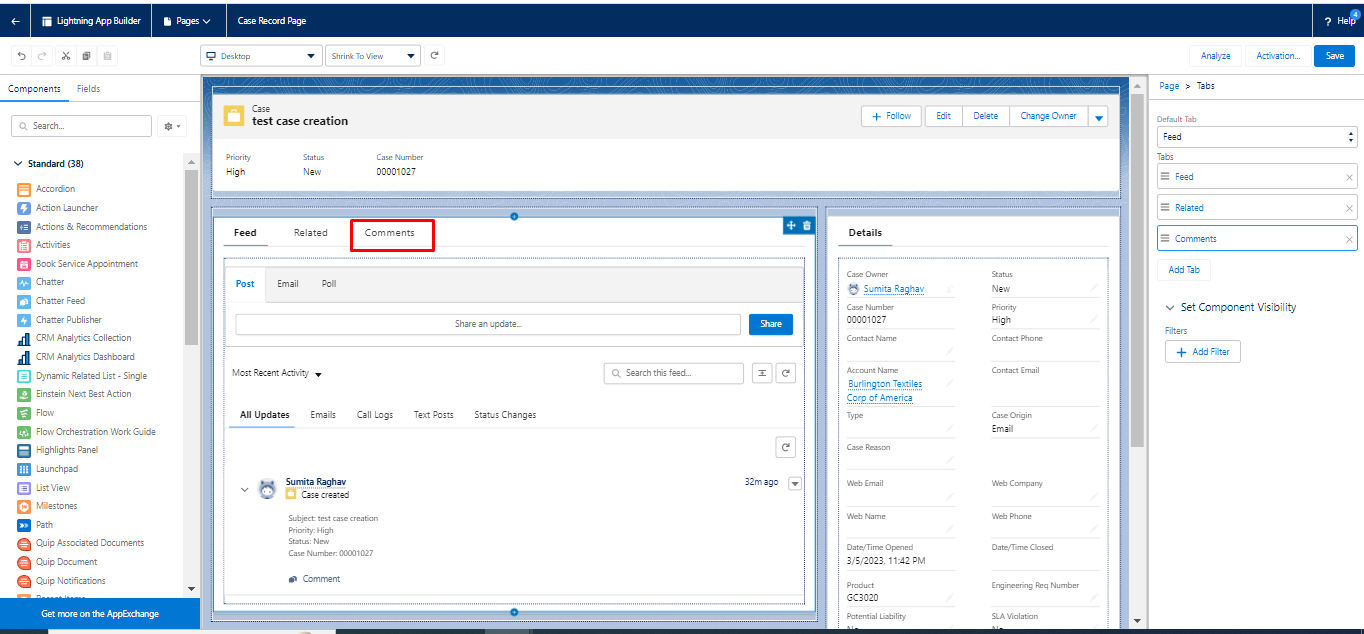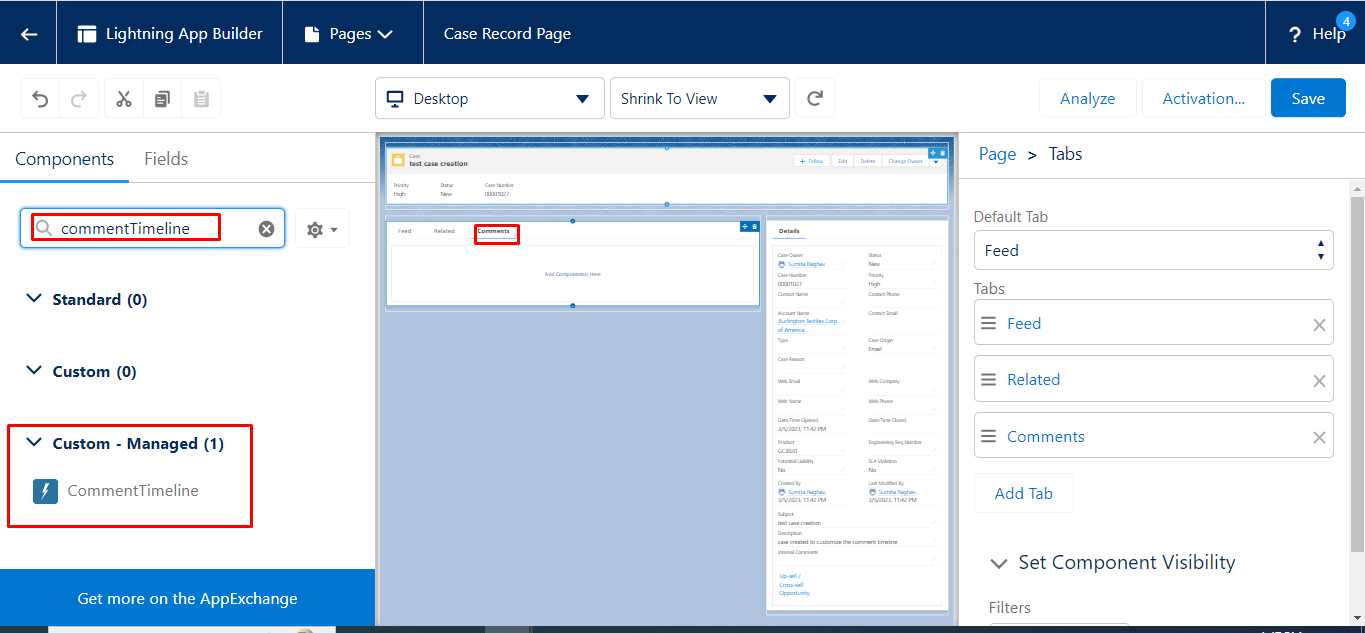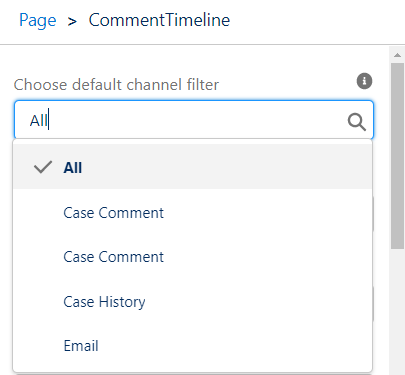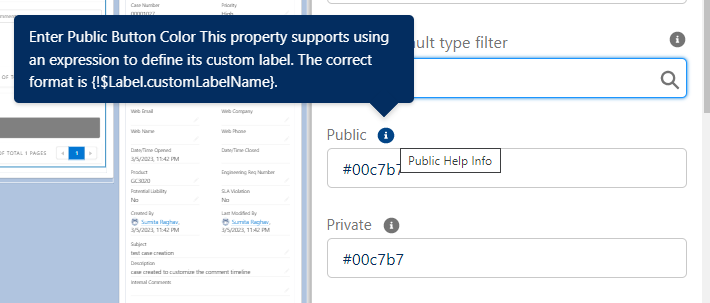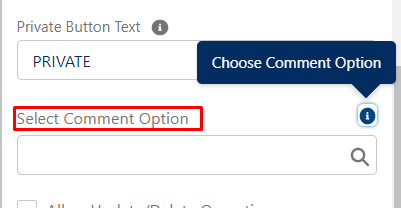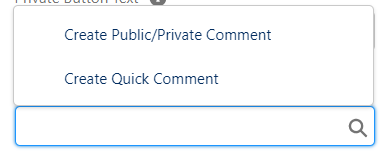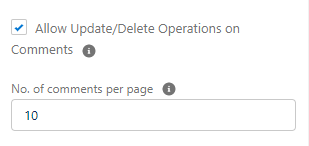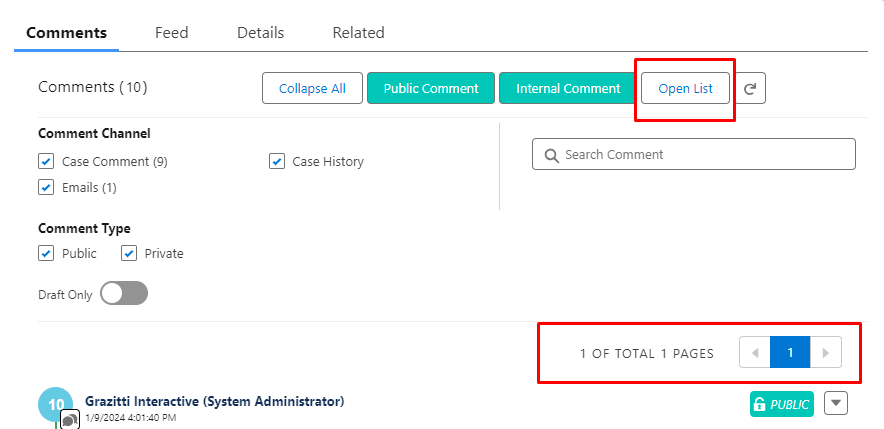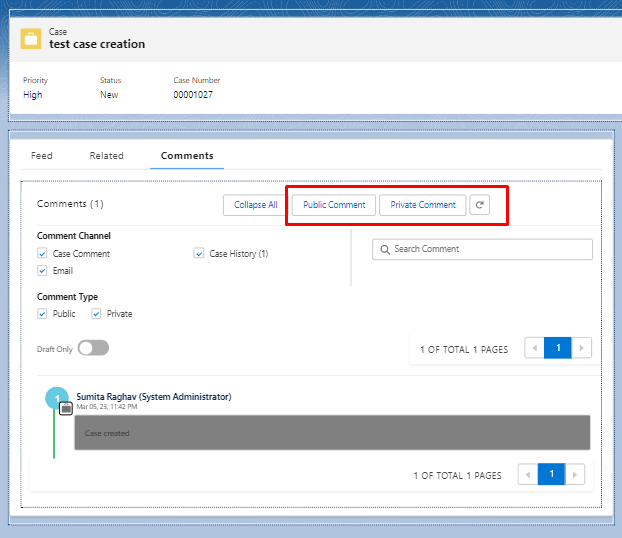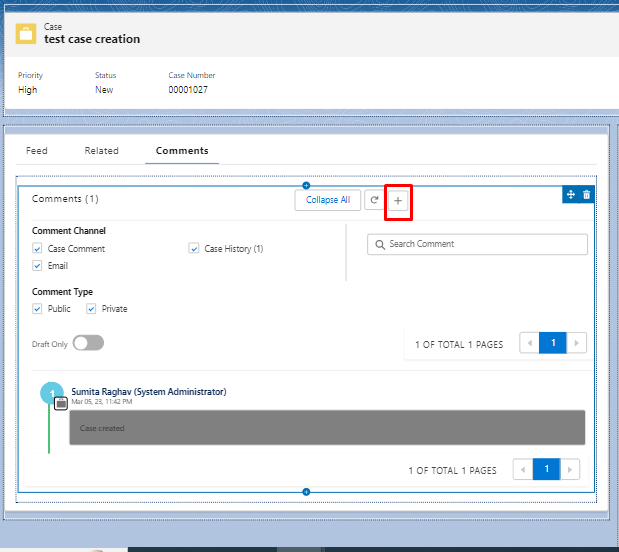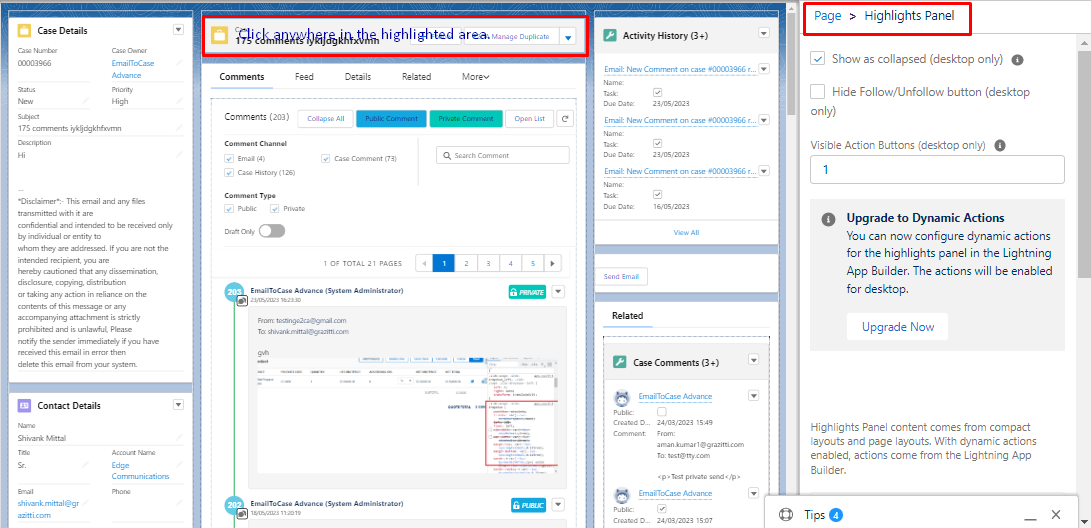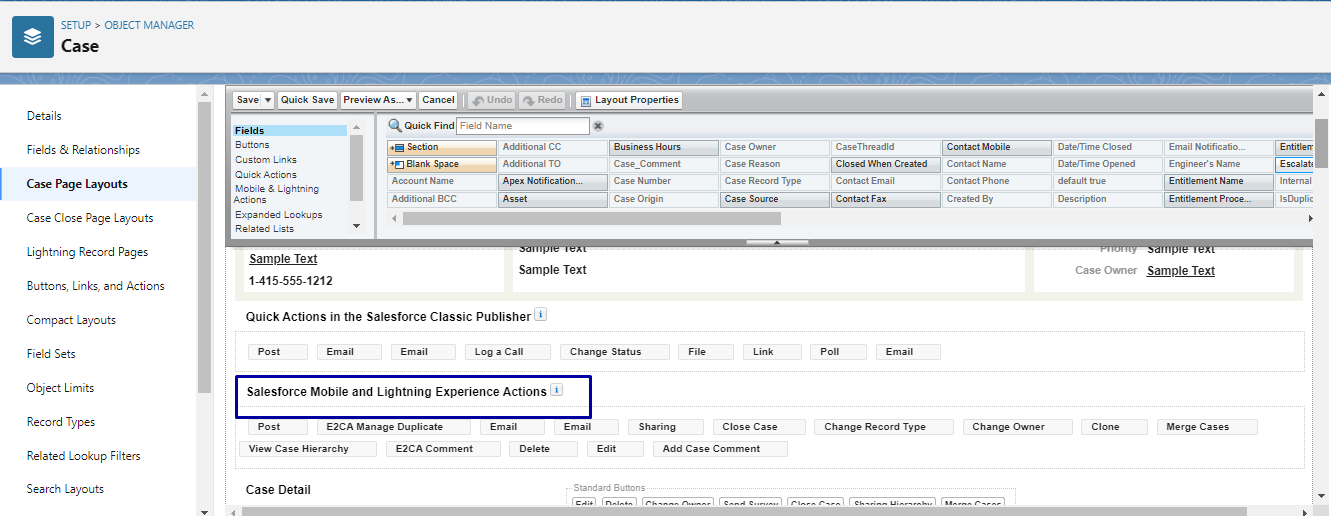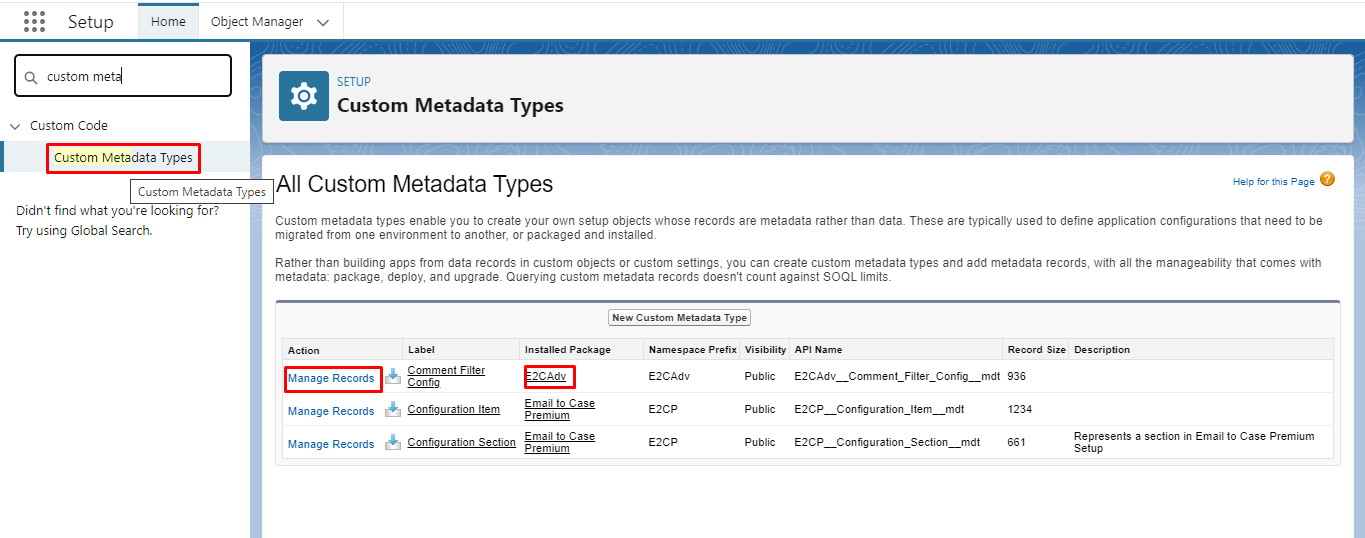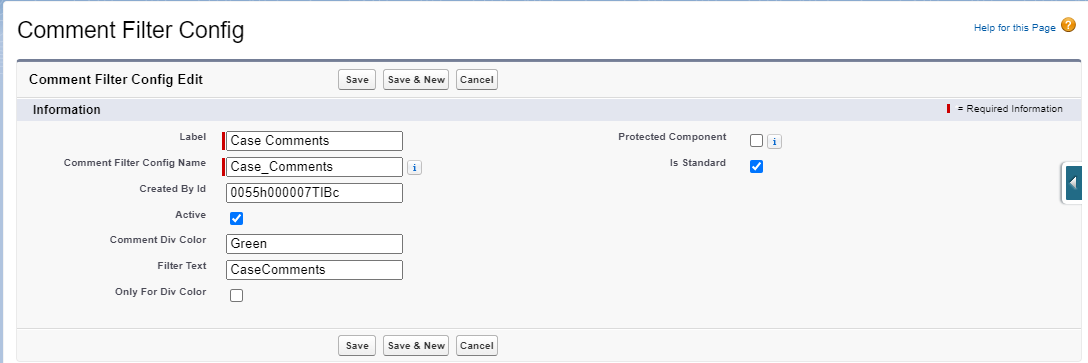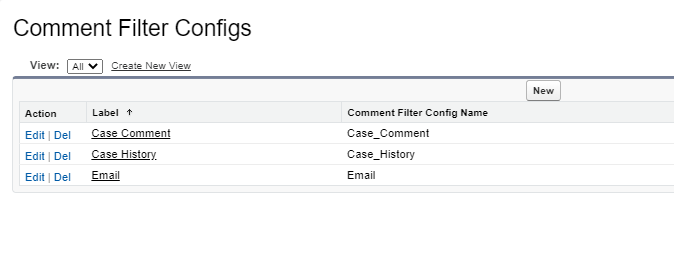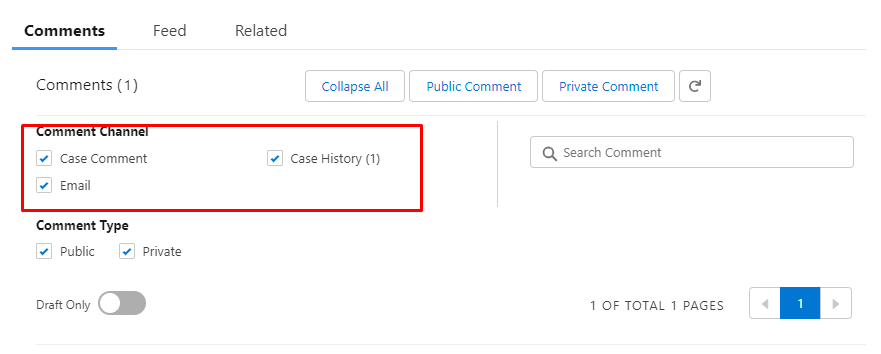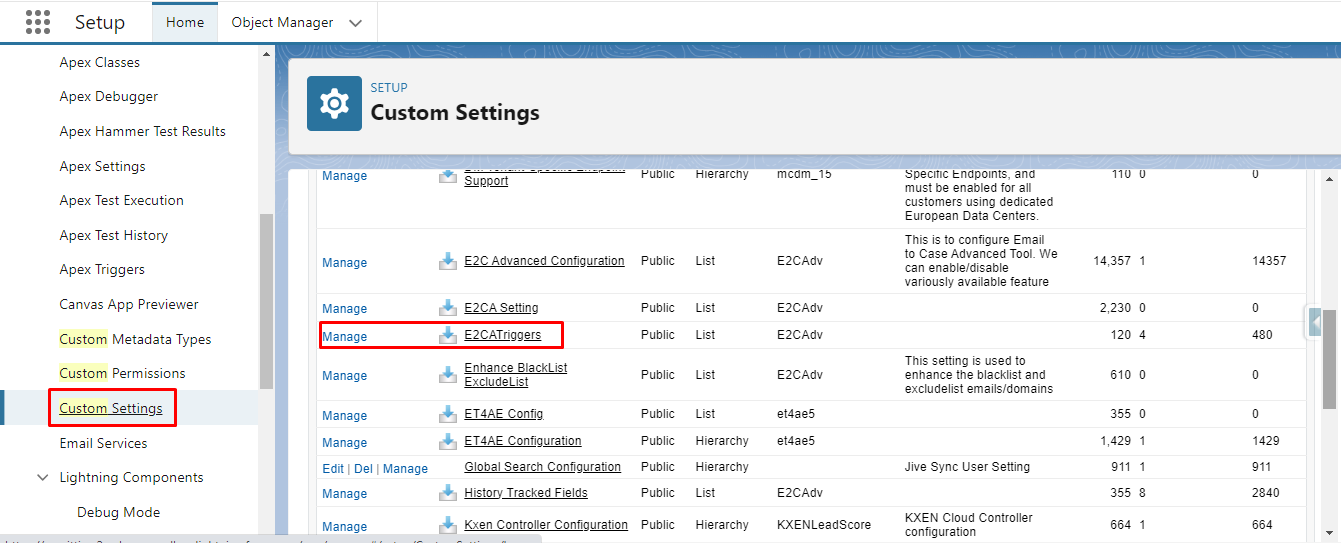Introduction
Post successful installation of Email to Case Advance (E2CA) from the AppExchange and enabling the features setting from the Admin panel, the admin is required to make the below setting in their org to allow the agent to visualize the comment timeline.
Salesforce Permissions
The package comes with inbuilt Salesforce permissions required for E2CA. Under Setup ->Home ->Profiles ->Salesforce Administrator has all the permissions as shown below:
The System Administrator profile includes all the permissions required for the functioning of E2CA:
-
Enabled Apex Classes
-
Enabled VisualForce Pages
-
Enabled Custom Metadata Type
-
Enabled Custom Permissions
-
Enabled Custom Setting Definitions
-
Object and Field Level Security
-
Custom and Standard App Settings
-
Tab Settings
-
Record Type Settings
-
Administrative Permissions
-
Record Level Security
-
General User Permissions
-
Standard and Custom Object Permissions
-
Article Type Permissions
-
Platform Event Permissions
-
Session settings
-
Password Policies
The Admin has the ability to clone the profile and customize the settings and permissions, as per the requirements, or create a new profile and set the permissions accordingly, using the predefined permissions available from the package.
Customize Comment Timeline
Post verifying the permissions and settings, the admin is required to customize the comment timeline as per the below process.
-
Click on Setup - Object Manager - Case - Lighting Record Pages - Case Record Page.
-
Click on Edit.
-
The admin will be redirected to the builder page.
-
Select the Feed and Related section by clicking on the same component and the Add Tab button.
-
The Details tab gets added by default. By clicking on it, a popup window appears. Here, select Custom in the Tab Label and type Comments in the Custom Label, and click on Done.
-
The Comments tab gets added on the Component.
-
Click on the Comment section, search the comment timeline under the component, and drag the Comment Timeline from the Custom-Managed component under the comment section.
-
The admin can customize the comment timeline using the mentioned steps.
-
Click on the Comment Timeline Component, the side menu pop-ups as shown below. Use the different design attributes to customize the Comment Timeline as per the requirements.
-
The admin can make the following changes:
-
Choose the default channel and default type filter.
-
Choose the color of the Public and Private buttons by adding the color name or code.
-
Change the Private comment button text from Internal to Private.
-
Select the different comment button options like Public/Private Comment or Create Quick Comment button. Public/Private buttons allow the agent to draft the comment based on the recipients, attachments, case fields update, and case summary fields. Whereas, the Quick Comment button is a “+” button on the Comment Timeline that allows the agent to quickly draft a comment and add attachments.
-
Select the Checkbox and Allow Update/Delete Operations on Comments.
-
Set the no. of comments to be visible on the Comment timeline.
-
-
The Admin will also have the ability to configure the Open List button and include pagination on the Comment Timeline.
The Open List button opens the comments in the scrolling format in a different tab.
-
In case the Admin selects the Public/Private comment from the Select Comment option, the Public and Private buttons get added to the comment timeline.
If the admin sets the Quick Comment option from the Select Comment Option, a “+” button gets created on the comment timeline.
-
In order to add the Add Case Comment option in the Highlight Panel, click on the panel, and select Case Layout from the “Set Actions Using Page Layouts”. A different tab will open up. Drag and drop the Add Case Comment button on the “Mobile & Lightning Actions”.
Custom MetaData
After customizing the Comment timeline, the admin can add filters under the comment channel using custom metadata.
Follow the below steps to create custom comment channels:
-
Search Custom Metadata on the setup page and click on Manage Records of Comment Filter config (E2CAdv).
-
Click on New and add the below details:
-
Label - Case Comment
-
Mark the checkbox - Active
-
Enter the User ID in - Created by Id
-
Define the color in the Comment div color by either adding the color code or the color name like green, yellow, pink, etc.
-
Add Filter Text - CaseComments
-
Select the checkbox - Is Standard
3. Similarly create different channels like Emails, Case History, and more using the above process.
4. On successful addition of Comment channels, the same will be visible on the Comment timeline as shown in the images below.
Create Routing Address
The Admin has the ability to create different routing addresses which will be used by the Customer to report the issues based on which cases will be created in Salesforce.
Follow the below process to create routing addresses:
-
Under Setup -> Email-to-Case -> Routing Address -> Click on New.
-
Enter the below details:
-
Routing Name
-
Email Address - This email address will be used by the customer to report the issues and the case will be created in Salesforce.
-
Select Case Owner as User -> Grazitti Interactive
-
Case Priority
-
Case Origin as Email
-
Case Record Type
-
Click on Save.
-
Navigate to the Email account where forwarding will be applied.
-
Click on Settings.
-
Under Forwarding and POP/IMAP, Click on Add a Forwarding address.
-
Enter the Automatic generated Email Service Address, and click on Next.
-
A confirmation code will be generated in the form of a case in E2CA. Use the code to verify the forwarding and enable the same.
Custom Settings/E2CA triggers
-
Under Setup -> Custom Settings, Click on Manage under E2CA Triggers.
-
Add the below triggers:
-
CaseCommentTrigger
-
CaseTrigger
-
GenerateCaseTokenId
-
OutgoingEmailTrigger


